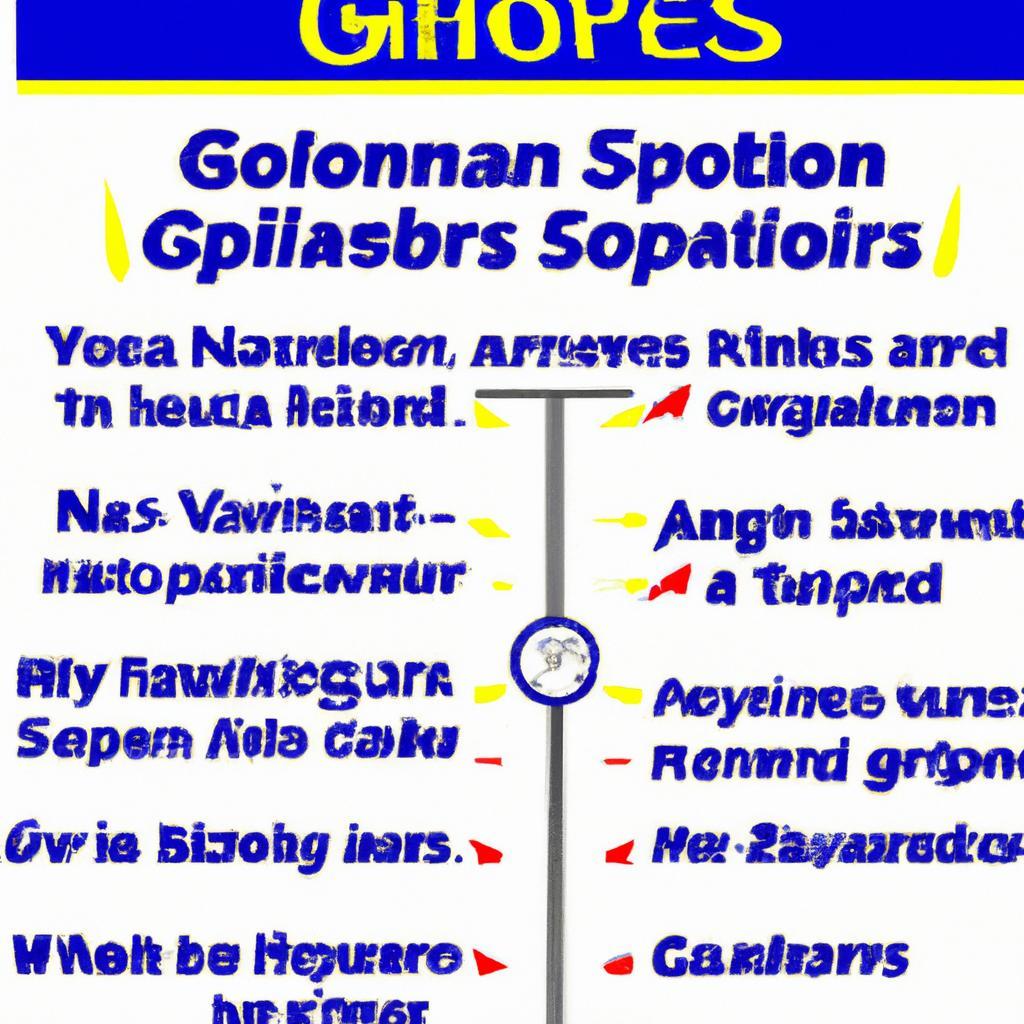Navigating Global Shop Hours: Your Guide to Siestas, Holidays, and Local Norms
In an increasingly interconnected world, the rhythm of daily life varies dramatically from one culture to another. One of the most fascinating aspects of this global tapestry is how shops and businesses operate, shaped by local customs, traditions, and societal norms. Whether you’re wandering through the narrow streets of Barcelona during a leisurely siesta, or trying to decipher the bustling shopping hours in Tokyo, understanding local shop hours is essential for any traveler or expatriate. This guide serves as your compass to navigate the diverse landscape of global shopping schedules. From midday pauses for rest and rejuvenation to holiday closures that can catch the unwary off guard, we’ll explore the nuances that transform a simple shopping trip into an adventure in cultural discovery. Join us as we delve into the world of siestas, festive holidays, and the local practices that define when and how we shop across the globe.

Understanding Siesta Culture and Its Impact on Shopping
In many cultures, the tradition of taking a midday break, commonly known as a siesta, shapes not only daily schedules but also the shopping experience. Particularly prevalent in countries like Spain, Italy, and Mexico, the siesta allows locals to escape the heat of the day and enjoy a leisurely meal or nap. This cultural habit significantly impacts retail hours, with many shops closing for several hours during the afternoon to accommodate the siesta. As a result, understanding regional siesta practices can be crucial for tourists hoping to make the most of their shopping excursions.
Furthermore, the impact of siestas extends beyond just operating hours; it influences consumer behavior and shopping patterns. Shoppers in siesta-culture regions often prefer to shop in the cooler hours of the morning or after sunset, when streets come alive with activity. While planning your shopping itinerary, keep these important points in mind:
- Check local schedules: Store hours can vary, especially around holidays or festivals.
- Plan meals accordingly: Knowing when the siesta occurs can help in scheduling lunch and shopping.
- Be flexible: Businesses may extend hours during peak tourist seasons.
| Country | Typical Siesta Time | Popular Shopping Areas |
|---|---|---|
| Spain | 2 PM - 5 PM | Las Ramblas, El Raval |
| Italy | 1 PM – 4 PM | Via del Corso, Florence Markets |
| Mexico | 2 PM - 4 PM | Paseo de la Reforma, Zocalo |

Embracing Local Holidays and Their Influence on Retail Availability
Every culture brings its own flair to celebrations and traditions, which often have a profound impact on local businesses. Think about how vibrant festivities can transform the retail landscape, turning typical shopfronts into hubs of exciting activity. During local holidays, you’ll notice store hours may shift dramatically, with some even temporarily closing their doors to allow employees to celebrate with family and friends. Understanding these changes is essential for both visitors and residents alike. Here’s what to look out for:
- National Days: Stores may close or have limited hours to honor national pride.
- Festivals: Retailers might extend hours during local fairs to cater to large crowds.
- Religious Observances: In many regions, shops may close on specific days of worship.
Perusing local holiday calendars can be your best friend when planning a shopping spree. To help you navigate these periods effectively, we’ve compiled a simple table that highlights the most widely recognized holidays across different regions along with a brief note on their retail impact.
| Holiday | Region | Effect on Retail |
|---|---|---|
| Diwali | India | Increased late hours, extravagant sales. |
| Thanksgiving | USA | Early shop closures, Black Friday rush. |
| Carnaval | Brazil | Store closures; exceptions during parades. |
By being aware of these local holidays and their influence on retail availability, shoppers can better plan their acquisitions and avoid any frustrations that arise from unexpected closures or altered shopping hours. This understanding not only enhances the shopping experience but also shows respect and appreciation for the cultural nuances that shape each unique community.

Fitting In: Adapting to Regional Shopping Norms for a Seamless Experience
When traveling or relocating, understanding the unique shopping customs of a region can greatly enhance your experience. Each culture has its own rhythm, which influences not only when shops are open but also how interactions unfold within the retail environment. For example, in Spain, the traditional siesta means many stores close in the early afternoon, only to reopen later in the evening. On the other hand, countries like the United States maintain extended shopping hours, with some retailers open 24/7, accommodating shoppers’ varied schedules. Adapting to these regional shopping norms is not merely a matter of timing; it’s about embracing the lifestyle and making your shopping experience genuinely enjoyable.
To successfully navigate these differences, consider these tips that cater to various cultural expectations:
- Research Local Hours: Before visiting, check whether the local shops observe extended lunchtime breaks or close earlier on weekends.
- Embrace Local Etiquette: In some places, engaging in small talk with shopkeepers is common, while in others, a more transactional approach is expected.
- Understand Holiday Closures: Familiarize yourself with local holidays that might affect shopping hours, ensuring you’re not caught off guard.
To illustrate the typical shopping hours around the world, refer to the following table that highlights common practices in various countries:
| Country | Typical Hours | Notes |
|---|---|---|
| Spain | 10 AM – 1 PM, 5 PM – 8 PM | Siesta observed from 2 PM to 5 PM |
| United States | 9 AM – 9 PM | Some stores open 24/7 |
| Germany | 9 AM – 8 PM | Many shops closed on Sundays |
| Japan | 10 AM – 8 PM | Some stores may close earlier |
By embracing these regional differences in shopping habits, you can immerse yourself more deeply in local culture, making for a richer and more fulfilling shopping journey. Being aware of local customs not only helps you navigate store hours but also allows you to connect with the nuances of each community.
Key Takeaways
As our journey through the intricate tapestry of global shop hours comes to a close, it’s clear that each destination holds its own unique rhythm shaped by culture, tradition, and lifestyle. From the afternoon lull of a siesta to the vibrant buzz of holiday markets, understanding local norms can transform your shopping experience from a mundane task into a delightful adventure.
Whether you find yourself pausing for a leisurely lunch in Spain or navigating early closures during a festive season in Japan, embracing these nuances allows for deeper connections with the places you visit and their people. As you embark on your travels, remember that timing is everything—not just in finding a perfectly timed shopping window, but in savoring the rich experiences that different customs offer.
So pack your bags, set your clocks, and step into the world with a keen awareness of local shop hours. The treasures awaiting you are not just the items on the shelves, but the stories, moments, and memories woven into the fabric of each unique shopping experience. Happy exploring!
